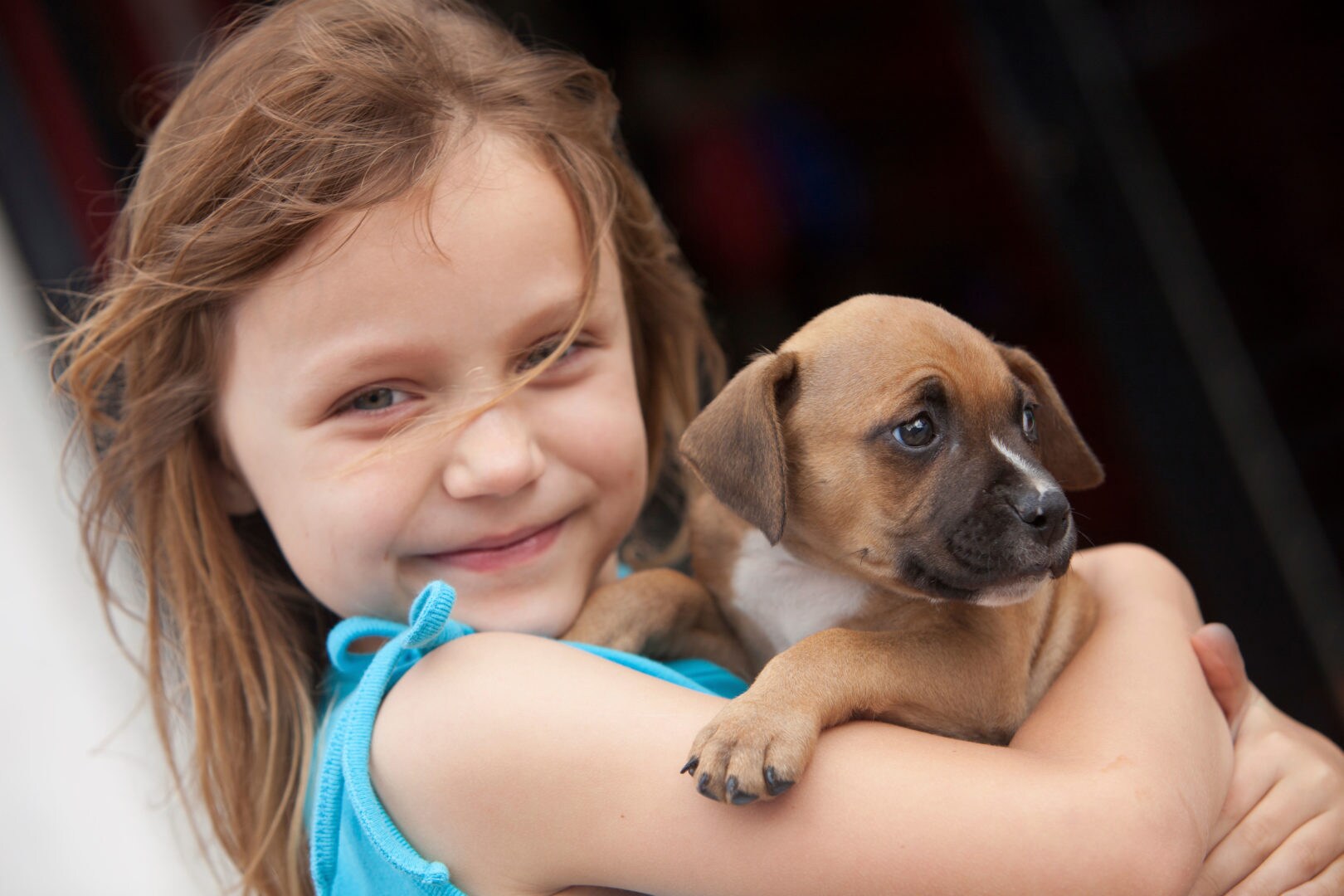Dogs can make the most faithful of childhood friends by offering companionship and giving kids a sense of responsibility and security. After all, kids often spend considerably more time with the dog than adults do. Furthermore, because of their shorter life span, dogs help children to understand bereavement and come to terms with it.
If your family is planning on a new furry member, it’s important to know how best to induct them in order to foster a healthy and safe relationship between children and their puppies. After all, kids often spend considerably more time with the dog than adults do.
As dogs are highly influenced by the behaviour of children, there are things that we as adults need to be aware of. Kids can sometimes tease and be cruel to dogs, and may inadvertently encourage the types of behaviour you want to avoid, such as jumping up, nipping and begging.
It is important to educate kids about dogs and other animals, and for adults to exhibit respectful, positive behaviour toward pets. Pets are now true family members and should be treated that way by the whole family. There are certain ways we want children to treat their siblings, and those things are clearly articulated to everyone in the family. Well, the same needs to be done with pets.
Here are some tips for building positive relationships between kids and dogs:
- All interactions between children (especially young children) and a new dog should be supervised, for the safety of both pet and child. NEVER leave even the most trusted dog alone with a small baby or child. Hiring a dog sitter or a babysitter may help you have extra supervision as the dog and the child get acquainted.
- Make sure a crawling baby does not pull on a dog’s tail or ears.
- Children should be encouraged to stroke or scratch a dog under the chin or around the throat, instead of patting the dog on the head. Patting on the head obstructs a dog’s sense organs and can be misconstrued as an act of aggression.
- Children, as well as adults, should be educated in good dog training and behavioural management practices (dogs can get confused if they attend training classes and then are given varying signals by different family members).
- Dogs should be socialized with as many children as possible, and as early as possible in their lives. It’s important that they get used to certain behaviours displayed by children, such as erratic movements, excitability and screaming. Remember — even dogs that don’t live with children are likely to run into them outside the home.
- Helping to care for a dog, or any pet, will teach a child responsibility and build the connection.
- Children should not hug or cuddle dogs that have not been fully socialized.
One way to introduce a child to a dog is to ask the child to put a dog treat on the palm of his or her hand, with the fingers close together. Let the dog approach the child to retrieve the treat. The child should hold the hand beneath the dog’s mouth level, and keep it still.
With proper introductions and ongoing supervision, children and dogs can share a wonderful family life.
